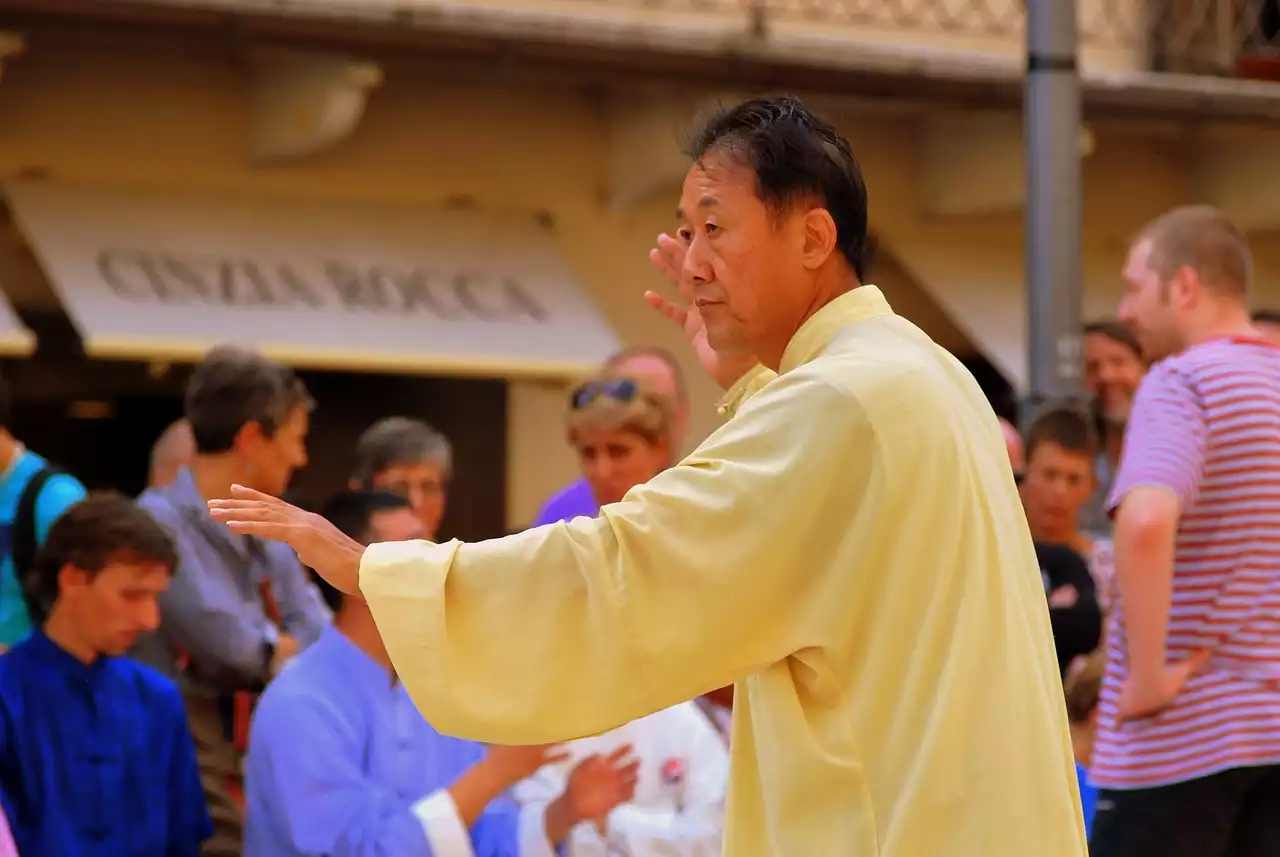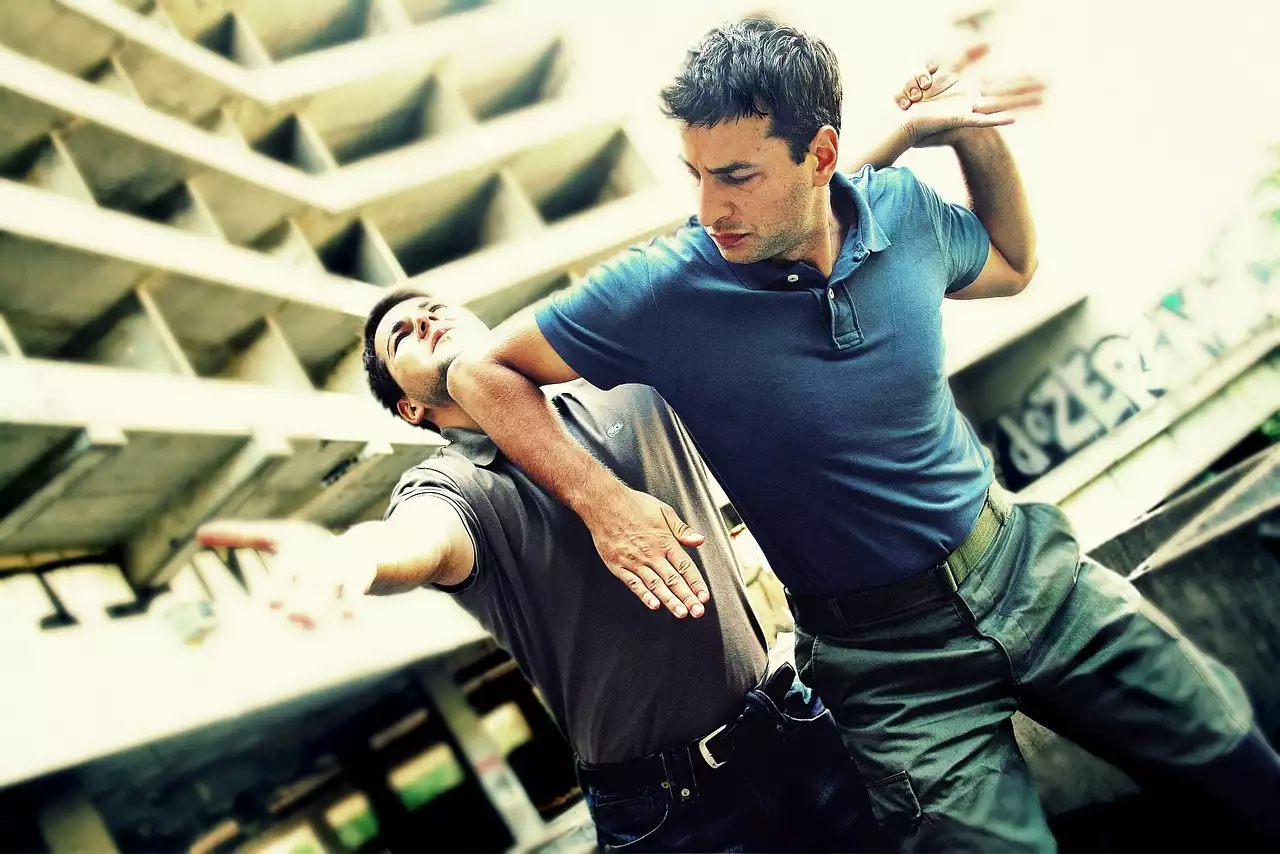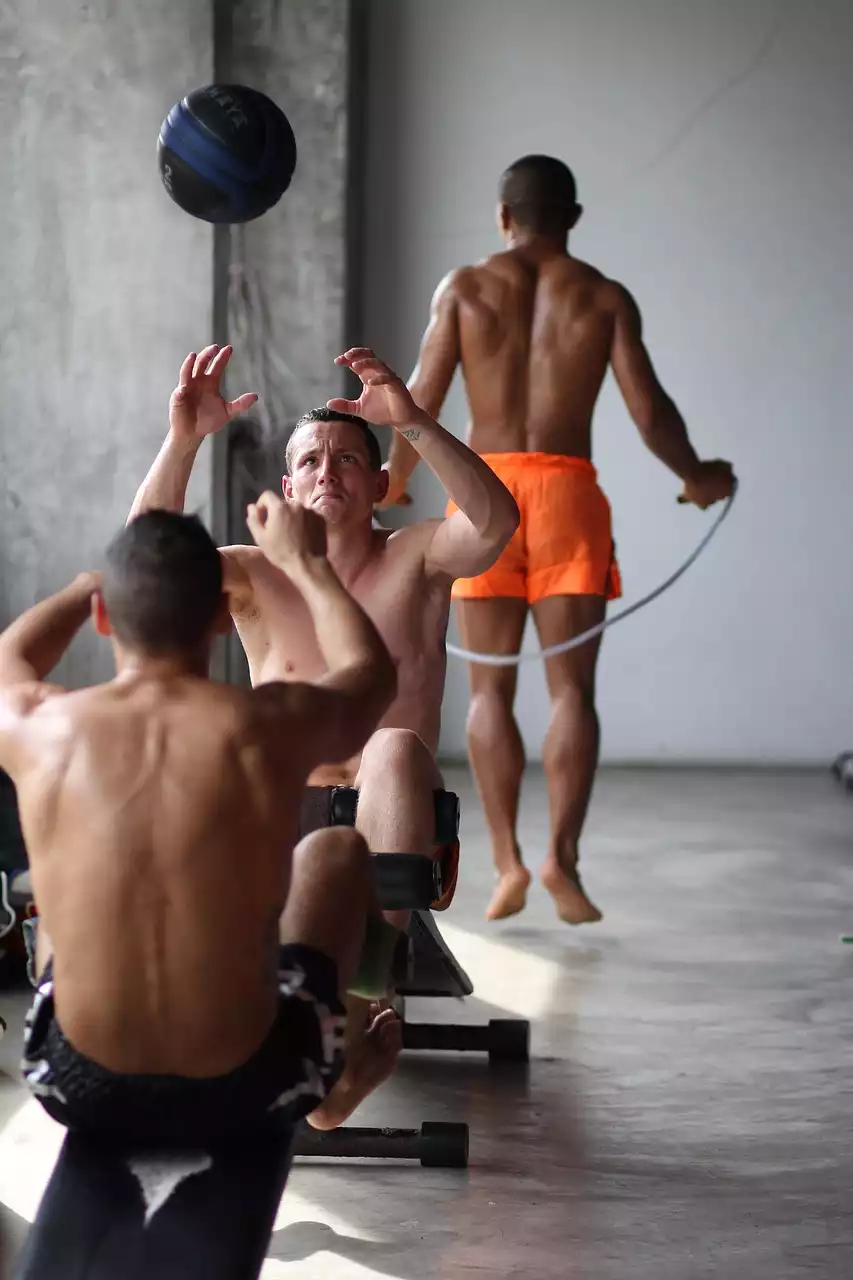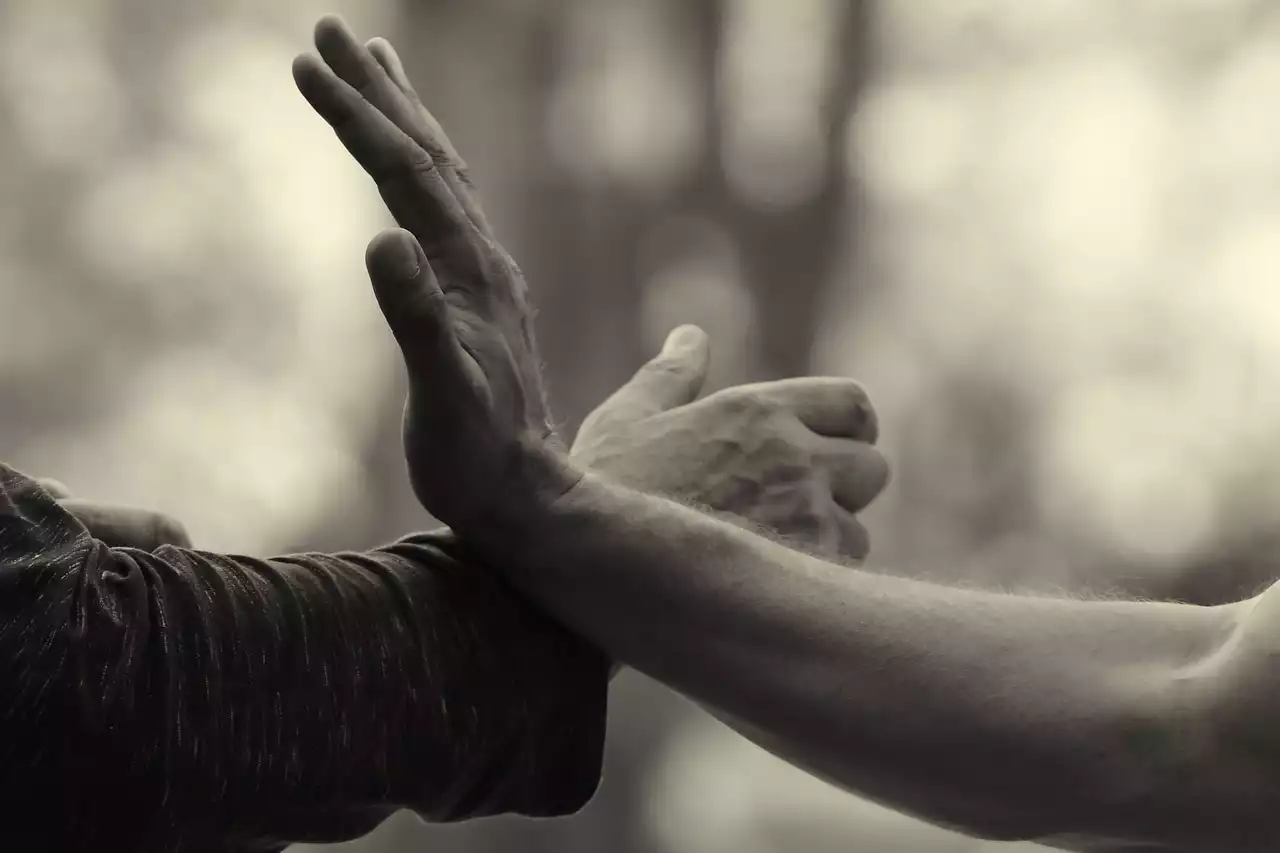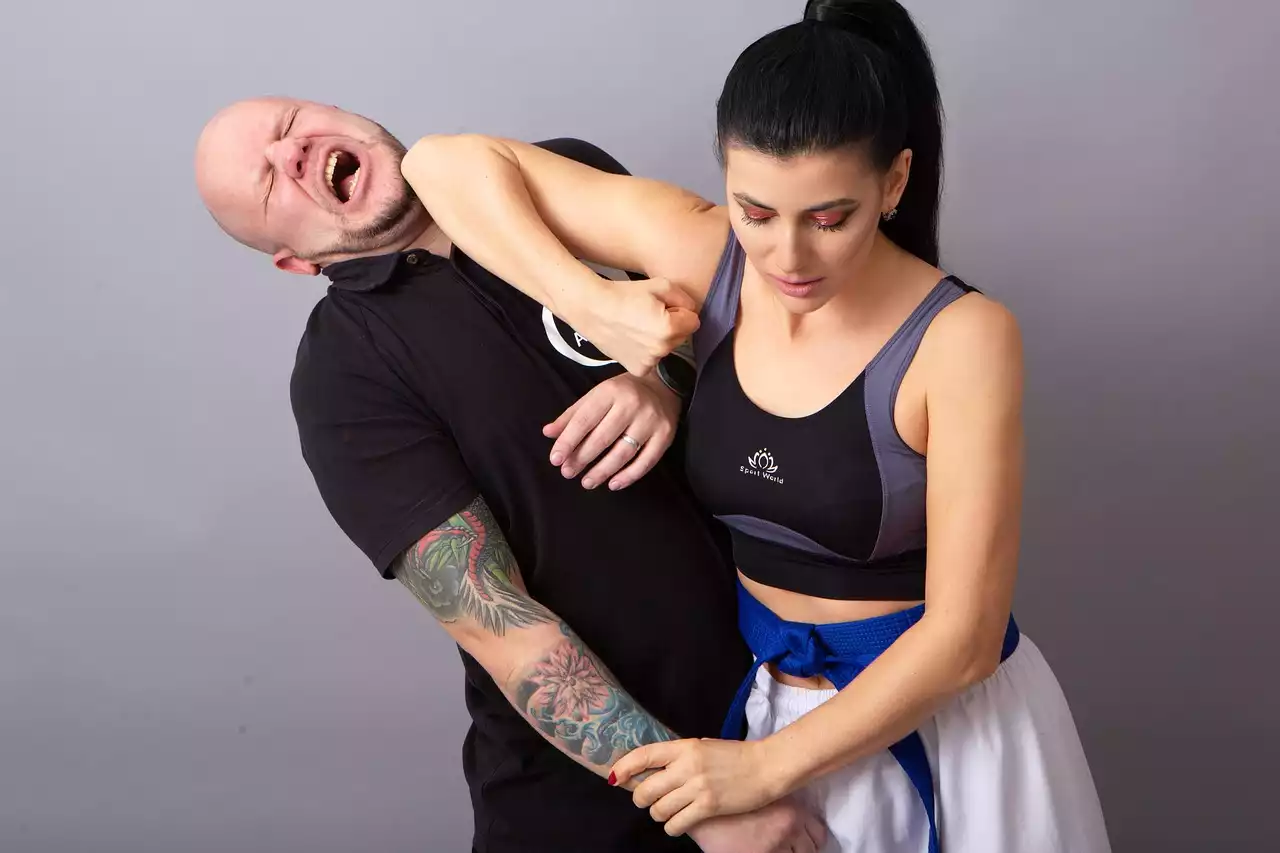The history and origins of Hapkido
The history of Hapkido can be traced back to the early 20th century in Korea, a time when the country was under Japanese colonial rule. It was during this period that Choi Yong-sul, the founder of Hapkido, began to develop his martial arts skills. Born in 1904 in what is now North Korea, Choi was orphaned at a young age and was taken to Japan by a Japanese man named Morimoto to work in his home. There, Choi was taught Daito-ryu Aiki-jujutsu by the Morimoto family, and he became proficient in the art.
Choi returned to Korea after the end of World War II and began teaching his unique blend of martial arts, which he called "Hapkido." Hapkido combined elements of Daito-ryu Aiki-jujutsu, Korean martial arts, and other Chinese and Japanese martial arts that Choi had studied. The art was well-received, and Choi soon gained a following of students who were eager to learn his techniques.
Despite the popularity of Hapkido, Choi faced criticism from some quarters, who questioned his claim that he had developed the art himself. Choi's reputation was further damaged by his association with the controversial Unification Church, which led to his imprisonment in the 1960s. However, Choi's legacy lived on, and Hapkido continued to grow and evolve.
Hapkido's development and evolution
In the decades since its creation, Hapkido has undergone significant changes and has been influenced by many different martial arts styles. One of the key figures in the development of Hapkido was Ji Han-jae, who studied under Choi and went on to become one of the most prominent Hapkido masters in Korea. Ji Han-jae developed his own style of Hapkido, which he called Sin Moo Hapkido, and he went on to establish the International Hapkido Federation.
Another influential figure in the development of Hapkido was Kim Yun-sang, who was a student of Ji Han-jae. Kim Yun-sang developed his own style of Hapkido, which he called Hanminjok Hapkido, and he founded the Korea Hapkido Association.
Today, there are many different styles of Hapkido, each with their own unique techniques and philosophies. Some styles place more emphasis on strikes and kicks, while others focus more on joint locks and throws. However, all styles of Hapkido share a common goal: to use the opponent's force against them, rather than relying on brute strength.
Hapkido masters and their contributions
Over the years, many Hapkido masters have made significant contributions to the art. One of the most important figures in Hapkido history was Choi Yong-sul, who founded the art and developed many of its key techniques. Another important master was Ji Han-jae, who was instrumental in the development of Sin Moo Hapkido and the International Hapkido Federation.
Other notable Hapkido masters include Kim Yun-sang, who founded the Korea Hapkido Association, and Myung Jae-nam, who founded the Hapkido Association of Korea. These masters, and many others like them, have dedicated their lives to preserving and promoting the art of Hapkido.
Hapkido techniques and philosophy
Hapkido is known for its wide range of techniques, which include joint locks, throws, strikes, and kicks. However, the art is more than just a collection of techniques; it is also guided by a philosophy that emphasizes harmony and non-violence. Hapkido practitioners seek to use their opponent's force against them, rather than relying on brute strength.
One of the key principles of Hapkido is "Hwa," which means "harmony." This principle emphasizes the importance of finding a balance between opposing forces, and it is reflected in the way that Hapkido techniques are executed. Another important principle of Hapkido is "Won," which means "circle." This principle emphasizes the circular, flowing movements that are a hallmark of Hapkido.
Hapkido in popular culture
Hapkido has had a significant impact on popular culture in Korea and around the world. The art has been featured in numerous films and television shows, and it has been the subject of several books and documentaries. One of the most famous Hapkido practitioners is Jackie Chan, who studied the art under the master Kim Yun-sang.
In Korea, Hapkido has become an important part of the country's cultural heritage. The art is taught in schools and universities, and it is often used to promote physical fitness and mental discipline.
Hapkido's global recognition and popularity
In recent years, Hapkido has gained widespread recognition and popularity around the world. The art has been taught in countries as diverse as the United States, Brazil, and Russia, and it has been embraced by martial arts enthusiasts of all ages and backgrounds.
One of the factors that has contributed to Hapkido's global popularity is its effectiveness as a self-defense system. Hapkido techniques are designed to be practical and effective in real-world situations, and they can be used by people of all sizes and levels of physical fitness.
Hapkido schools and training centers in Korea
Korea is home to many Hapkido schools and training centers, where students can learn the art from some of the most experienced and knowledgeable masters in the world. These schools offer a range of programs, from introductory courses for beginners to advanced training for experienced practitioners.
One of the most famous Hapkido schools in Korea is the Korea Hapkido Federation, which was founded by Myung Jae-nam. The Federation offers a comprehensive training program that covers all aspects of Hapkido, from basic techniques to advanced forms.
The future of Hapkido
As Hapkido continues to gain popularity around the world, its future looks bright. The art has proven to be adaptable and versatile, and it has been embraced by martial arts enthusiasts of all ages and backgrounds. With its focus on harmony, balance, and practical self-defense techniques, Hapkido is sure to continue to grow and evolve in the years to come.
